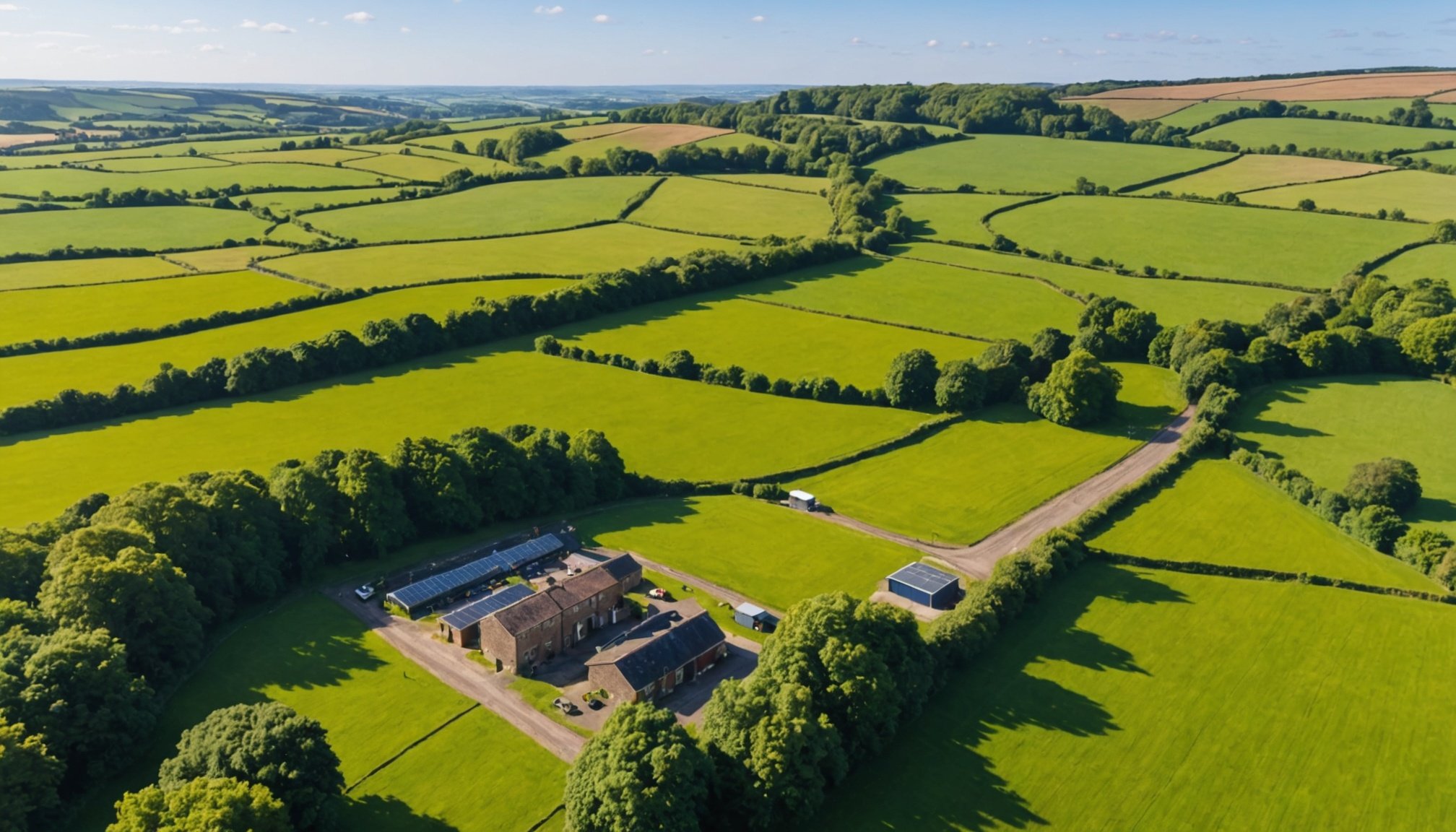Recent Advancements in Fiber Optic Technology
The world of fiber optic innovations is rapidly evolving, bringing remarkable changes to the way we access the internet. Recent technological advancements have significantly improved internet connectivity, making it more reliable and faster than ever before.
One of the most notable technological advancements in fiber optics is the development of new fibers that can transmit data at higher speeds. These cutting-edge technologies are opening up possibilities for wider use of fiber optic networks, especially in areas that previously suffered from limited access.
This might interest you : Transforming short-haul aviation: breakthrough innovations elevating electric aircraft efficiency
The impact of new installations is particularly profound in rural regions. With improved infrastructure, rural areas are experiencing enhanced internet connectivity, enabling more residents to benefit from high-speed internet. This development is narrowing the digital divide, providing equal opportunities for online education and business.
According to data analysis, modern fiber optics have dramatically increased internet speed, often by a factor of ten. Households and businesses can now enjoy seamless video conferencing, streaming, and large file uploads without interruptions. This leap in speed not only enhances user experience but also boosts productivity and innovation across various sectors.
Also to see : Unlocking the future: cutting-edge biometric security solutions for enhanced safety in banking transactions
Case Studies of Fiber Optic Implementation in Remote Areas
Exploring how fiber optic technology transforms remote areas offers valuable insights into rural internet solutions.
Successful Projects in Rural UK
Several successful fiber optic case studies in rural UK highlight the profound impact on connectivity. Notable examples include projects like Connecting Devon and Somerset, which have expanded high-speed internet access to thousands of homes. Benefits observed from such projects include improved economic opportunities and greater access to digital resources. The key lesson learned is that targeted investment and community engagement significantly boost project success.
Community Engagement and Support
Local community involvement is essential for the success of fiber optic projects. Public-private partnerships have played a crucial role, enabling shared expertise and resources. Communities participate through feedback sessions and volunteering, ensuring that the solutions meet their specific needs. Residents consistently report substantial improvements in online access, increasing quality of life.
Challenges Overcome During Implementation
Implementing rural internet solutions can present obstacles like difficult terrain or limited infrastructure. Innovative strategies, such as utilising existing utility poles and aerial cabling, have been crucial. Establishing reliable long-term solutions, like ongoing maintenance and incorporating cutting-edge technology, helps ensure continued service reliability and mitigates future challenges.
Government and Industry Initiatives
Efforts to enhance fiber optic connectivity in rural areas have seen significant collaboration between government bodies and industry stakeholders. A myriad of government fiber initiatives have been launched, aiming to bridge the digital divide and ensure equitable access to high-speed internet. These initiatives often include funding programs that subsidise the deployment of fiber optics in hard-to-reach locations.
On the industry front, investments continue to play a crucial role in augmenting rural connectivity. Telecommunications companies are increasingly directing resources toward the development of robust digital infrastructure in underserved regions. This symbiotic relationship between government funding and industry investment ensures not only the physical laying of fiber networks but also the long-term sustainability and efficiency of these systems.
Current digital infrastructure policies reflect a growing awareness of the need for comprehensive strategies to improve internet access. Policies are focusing on streamlining bureaucratic processes and incentivizing private sector participation. This has allowed for more efficient deployment of fiber networks, reaching communities that were previously left behind. Critically, these measures are reshaping the landscape of rural connectivity, ensuring more citizens can benefit from reliable broadband services.
Expert Opinions on Future Developments
Exploring the trajectory of fiber optic technology unveils a landscape brimming with potential. Experts anticipate substantial advancements in fiber technology that could redefine internet connectivity standards. A significant shift involves the integration of 5G networks with fiber optics, promising unparalleled speeds and stability. This convergence not only enhances data transmission but also bolsters the operational efficiency of both technologies, making them indispensable partners in the digital age.
Predictions for Fiber Optic Technology Evolution
The evolution of fiber optic technology is poised for remarkable progress, driven by a synergy with emerging technologies like 5G. Experts foresee fiber networks playing a pivotal role in supporting the expansive data demands of 5G, thus creating a seamless digital infrastructure. As this integration unfolds, it is likely to catalyse a strategic overhaul among internet service providers, urging them to prioritise fiber-based solutions for enhanced service delivery. Upcoming trends indicate a move towards more robust and resilient networks, crucial for high-demand environments and critical real-time applications.
Sustainability and Environmental Considerations
As fiber optic projects scale globally, their environmental impact garners attention. Innovations are underway to mitigate ecological footprints, with a growing emphasis on sustainable practices. Deployment strategies are gradually shifting to include recycled materials in cable production and energy-efficient designs in network infrastructure. The industry is focusing on eco-friendly approaches to ensure that technological progress does not come at the expense of the environment, aligning technological growth with ecological preservation.











